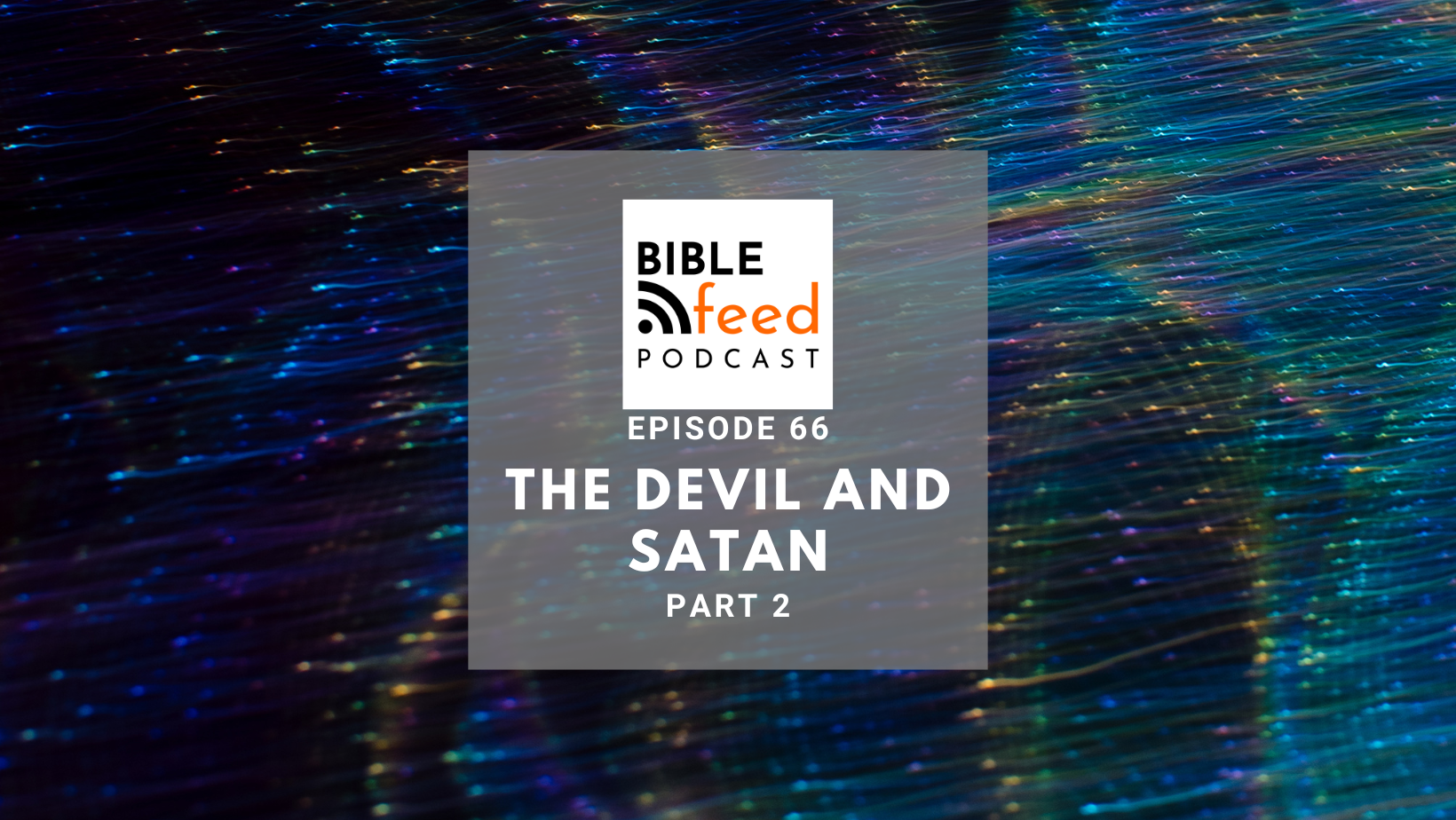We continue their exploration of how these 'characters' appear in the Bible. In part 1 we reached a preliminary conclusion that they are used as terms to personify our inherent tendency to want to go our own way rather than God's way. We now look at many more of the relevant biblical passages to get to know the devil and satan better.
We investigate the many and varied Biblical images for the judgement and discuss whether we should think that any of those word-pictures and metaphors describe what will actually happen - or are they designed to teach us something else?
The book of Revelation closes with God's victory and it seems so violent. Will it be as warlike as the language sounds? And what could the wonderful imagery of New Jerusalem actually mean in reality?!
What should we make of the dragon, the beast of the sea and the beast of the earth in the book of Revelation? We uncover a subversive message for Christians in the 1st century and relevant for any age of history. And yes, we talk about the mark of the beast and the number 666 - finally!
What do the 7 seals and trumpets of the book of Revelation mean? We unpick the pattern and try to imagine what messages the early Christians would have taken from it. The way the sequences of images are communicated continue to confound the expectations of the hearer. But as they unfold, two powerful lessons for Christians of any age emerge.
In chapters 2 and 3 we discover the difficulties facing some of the early church communities and it all seems quite familiar and down to earth. But suddenly with chapter 4 the perspective changes with a view of a throne in heaven. How can the church's down-to-earth experience and the view from heaven come together?
In the second episode on the book of Revelation, we get our paper and pencils out and attempt to draw a diagram to represent the whole book! What can the structure of the book teach us about its message?
The book of Revelation is mysterious and confusing, so we start a new series by putting it in its place in the Biblical story - right at the transition from the Apostles to the next generation who are taking the early churches forward into … whatever comes next!
Paul and Dan take another look into how the Bible narrative and the prophets intersect with history, this time focusing on the city of Tyre. Starting with a historical source that every Bible student should be familiar with, Asterix the Gaul, they take a deeper look at a short passage about the island fortress from the prophet Ezekiel.
What's the best way of reading this huge, ancient collection of books?! We tackled this question head on in a Bible Feed Live webinar that explored topics from Genesis and genre, to the relevance of Revelation. We give some tips and make some suggestions to help you in your Bible reading.



